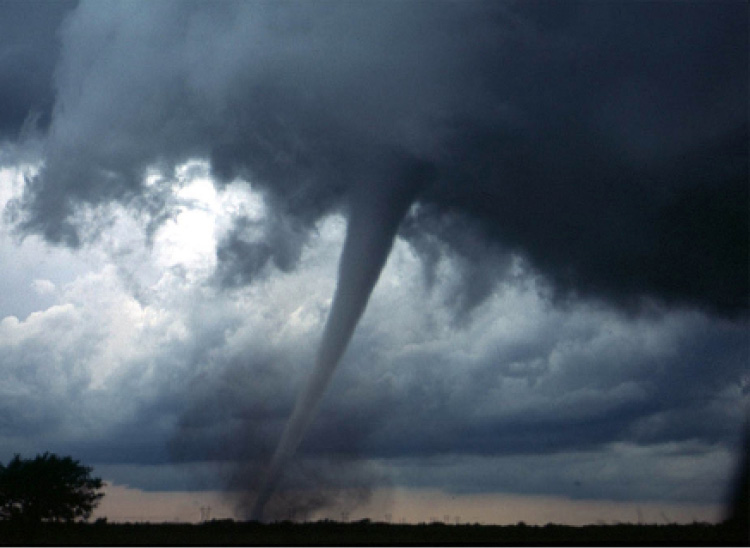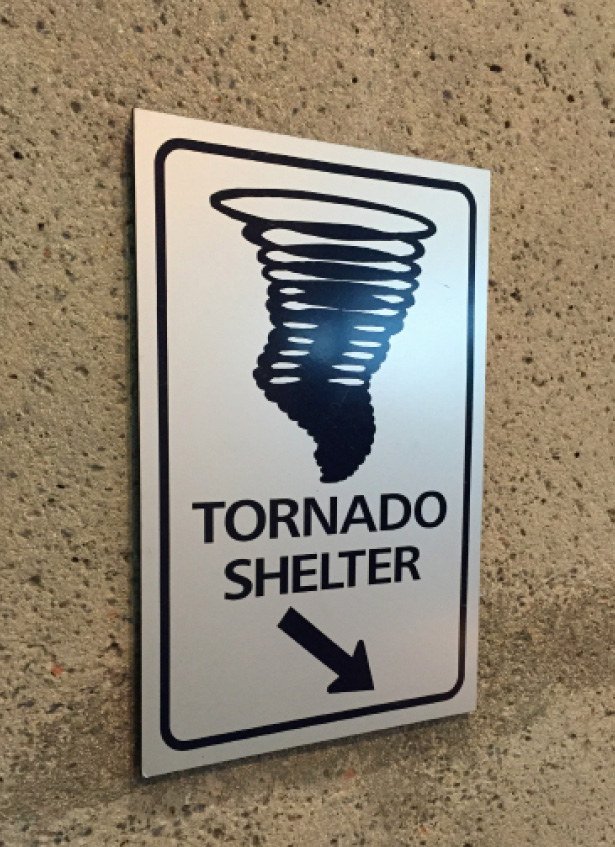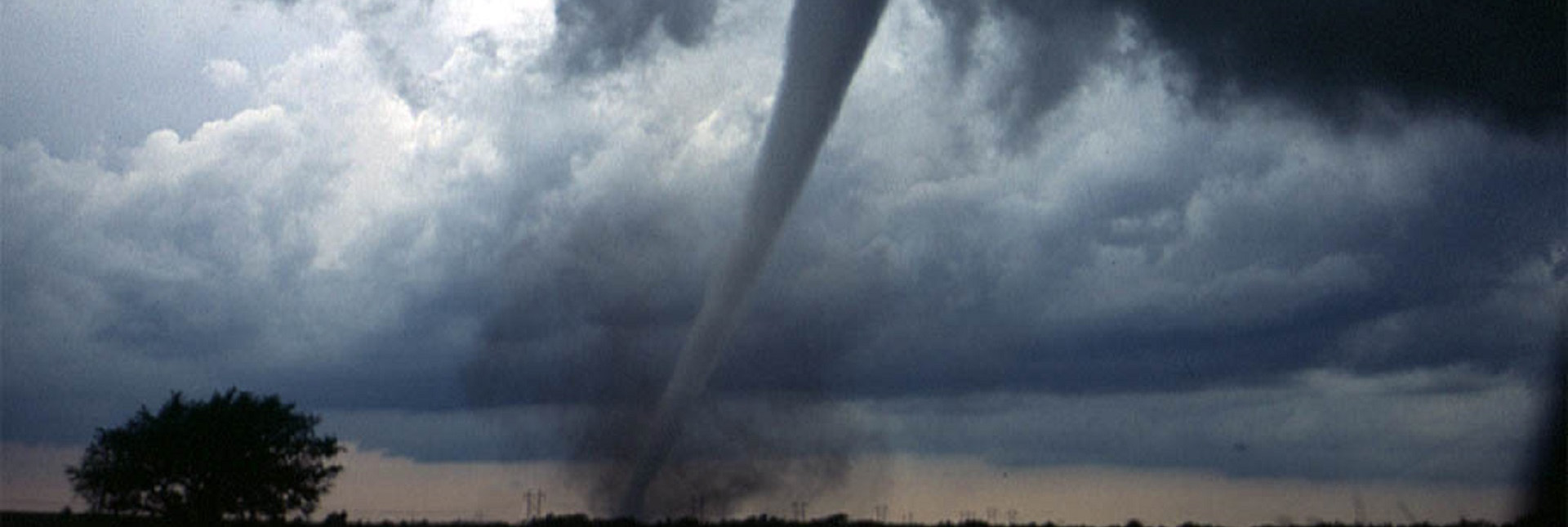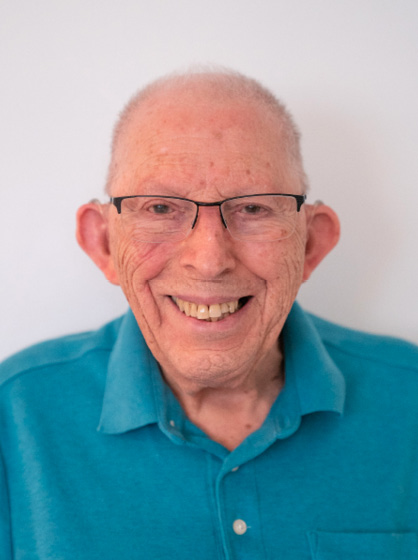Each year, tornadoes cause billions of dollars in damage in the U.S. 1, cause 1,500 injuries, and claim 80 lives 2. Though tornadoes have been recorded in all fifty U.S. states, some states definitely have more than others. When I was a boy, my family lived for eight years in “Tornado Alley,” that part of the Great Plains that experiences frequent tornadoes. Our home was on the west edge of Coats, Kansas, in the central part of the state. According to the National Weather Service, Kansas averages 96 tornadoes per year. 3 The most was in 2008, when over 180 tornadoes struck. 4
Where my family lived the land was sufficiently flat that we could stand in our yard and see farmhouses two or three miles away. In tornado season, we could see tornadoes even farther away—rotating funnels hanging from clouds, with their lower tip in the air or on the ground. Whenever we’d spot one, we had to decide whether it threatened us. If it didn’t, we watched the show. If it did, immediate precautions were in order.
The drama would begin on a warm afternoon in the spring or summer when thunderclouds began to form. At first, they would be mostly white, but as they grew and rose upward their color darkened to a point that we had to turn the lights on in the house. Within a few minutes the clouds moved over us and soon rain began to fall and drove us inside. Rain began falling in sheets, lightning flashed, and thunder crashed and rumbled. Someone in the family began to scan the roiling and churning clouds for signs of tornadic activity.
There was no television to tell us that tornadoes were in the area, and there was no radar to let a met- eorologist see a tornado from afar. It was every man for himself, and one estimated the danger from the appearance of the sky and the sounds that the storm made. It was generally understood that there would be a roaring sound before a tornado struck, but that might be a very short-time warning. More important was the intensity of the rain and the appearance of the sky, whether it was boiling with strong winds within the clouds. A decision to take the family to the storm cellar had to be based almost entirely on what one could see, and at night, we had to depend on observations made possible when lightning flashes provided glimpses of the night sky.
Usually, of course, there were no tornadoes to be seen, but occasionally one could spot what appeared to be a funnel hanging down from the cloud and possibly, eventually, reaching the ground. If it touched the ground, it began to pick up dust and small debris and lift them into the air. The tornado might be so small as to be almost insignificant, but it could also develop into something large enough to be highly destructive.
Like many Kansans, we had a storm cellar at our home. It was about 20 feet to the northeast of the house, a fact that worried my mother because she feared that a tornado, which was most likely to come from the southwest, might blow the house over onto the storm cellar and block the door so that we would be trapped inside. The cellar was of a traditional design, with a slanted door that hid a set of steps going down into a small room. I think the walls and floor were concrete, and I suppose that the slightly domed roof was concrete with dirt over it. Grass grew on top of the storm cellar. The room was not large, and it certainly was not equipped to be a comfortable place to spend the night. The walls were lined with shelves that were loaded with glass jars of canned food, and whenever we were down there, we were sharing the space with various critters that like a damp and cool environment. I suspect that anyone interested in studying varieties of spiders and other animals with more than four legs, or perhaps with no legs, could have had a field day there.
I remember several nights when I was roused from a sound sleep and told that we were going to the storm cellar. I put on shoes, pulled a raincoat over my pajamas, and dashed from the house to the cellar through the rain. The way was illuminated by lightning flashes and a flashlight. I think we had a kerosene lamp in the cellar itself so that we had some light there, but I do not remember whether we had anything to sit on or whether we simply stood. After everyone was safely inside, my father stood at the door, holding it open enough to see the sky and perhaps spot a tornado if one approached, although the house blocked much of his view of the relevant part of the sky. After the storm had lightened, or at least he thought that the danger had passed, we returned to the house and went back to bed. I do not remember how difficult it was to get back to sleep after such excitement.

Photo from Wikimedia Commons
All the tornadoes that I remember seeing were relatively narrow, and their path of destruction when they were on the ground was on the order of 100 yards wide. I knew nothing of the tornadoes that we read about today, which are half a mile or even a mile wide, and which devastate large areas. I saw farmhouses and barns that had been struck by tornadoes and completely destroyed, but the tips of the funnels that touched the ground were usually slender enough that some buildings on a farm might be destroyed while others remained relatively untouched. Surprisingly, we never experienced any tornado damage to our own place, but I saw enough destroyed buildings and farmsteads in our neighborhood to develop great respect for tornadoes’ power. Tornadoes can do freakish things, but many of the seemingly improbable stories that are told are truly incredible - more fiction than fact. For example, a resident of Tornado Alley is likely to hear that the wind can drive straws into tree trunks or fence posts, but attempts to verify that in the laboratory have been unsuccessful, and it almost certainly is not true.
One Sunday afternoon we had a severe thunderstorm with rain, wind, thunder and lightning. Sometimes the rain came down in buckets, but whenever it became lighter my family stood in the yard and watched multiple tornadoes moving around to the west of us. They were enough to make anyone nervous. However, as evening approached, the storm cell moved away, the rain almost stopped, and the sky grew much lighter.
The church that my father pastored always had a Sunday evening service, but on that particular afternoon he said he was sure that no one would come after such a stormy day, so we did not go to the church. Shortly after the time when the service would normally have begun, someone came looking for us and reported that the church was full! The congregation had spent the afternoon poised to go into their storm cellars, like prairie dogs sitting beside their burrows ready to dive underground at first sign of immediate danger; once the threat had passed people turned their thoughts to the church, and more than the usual number came for the Sunday evening service.

Photo from Wikimedia Commons
I can only speculate about the thought processes that caused so many people to come to the church that evening. I doubt that any of them believed that going to church would protect them from storms. But a sense of thankfulness that they had been spared during a time when danger was visible in the air may have motivated them. Perhaps seeing a severe thunderstorm and so many tornadoes simply made people feel that it was appropriate to acknowledge that we are part of something larger than ourselves that we do not control. The church building is a place dedicated to proclaiming that fact and wrestling with its implications.
1 https://www.statista.com/statistics/237409/economic-damage-caused-by-tornadoes-in-us
2 https://lisbdnet.com/how-many-people-die-from-tornadoes-each-year
3 https://weather.com/safety/tornado/news/2020-03-26-average-number-of-tornadoes-by-state-each-year-united-states


